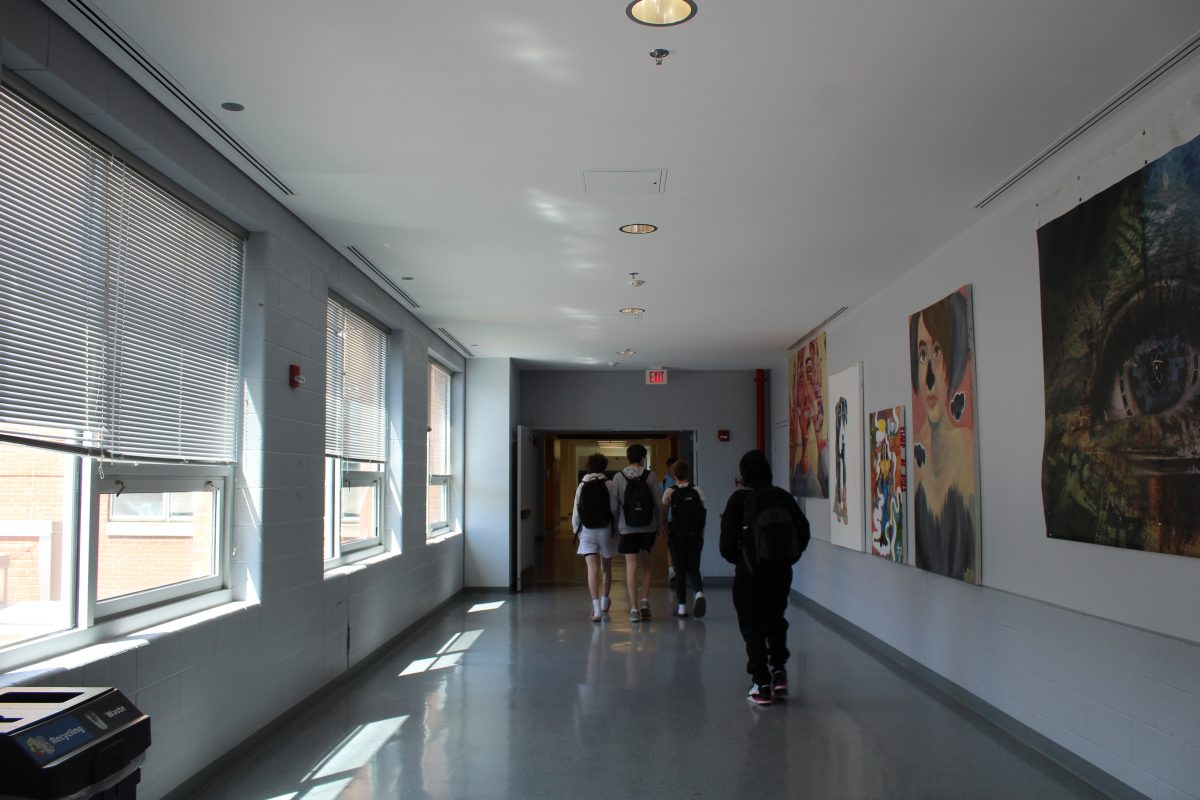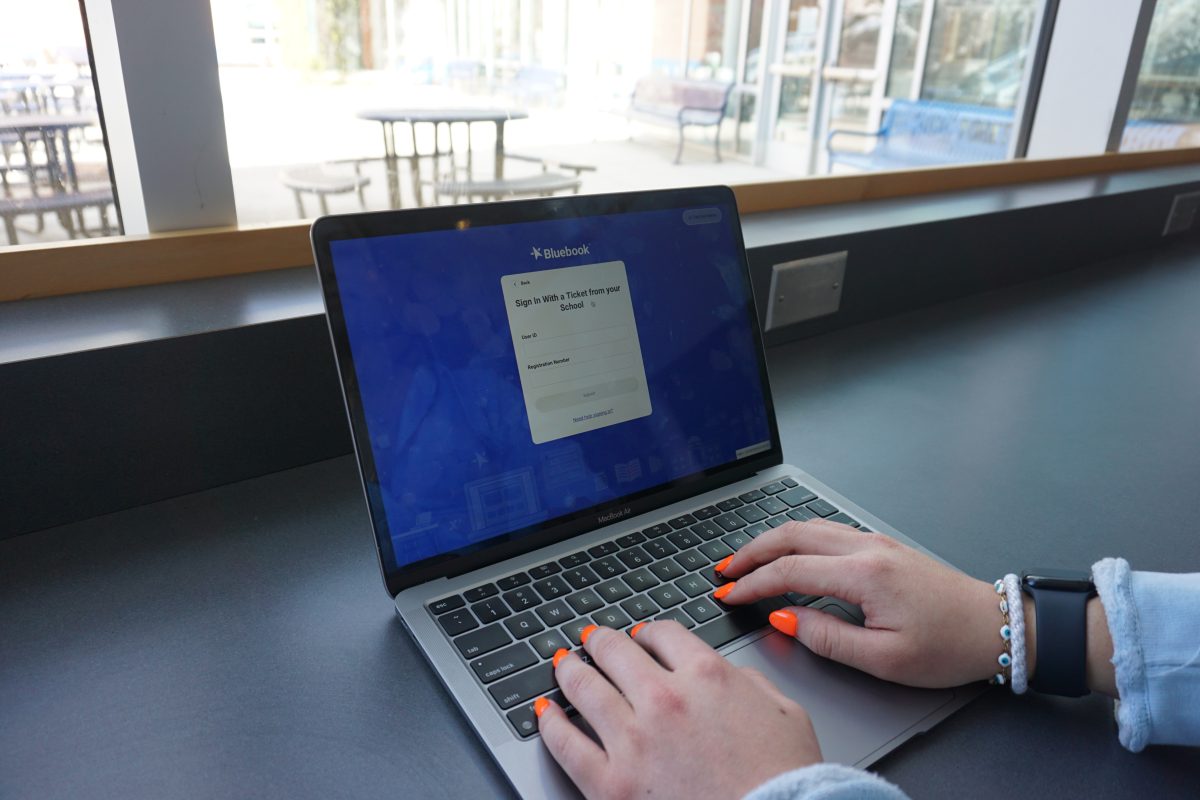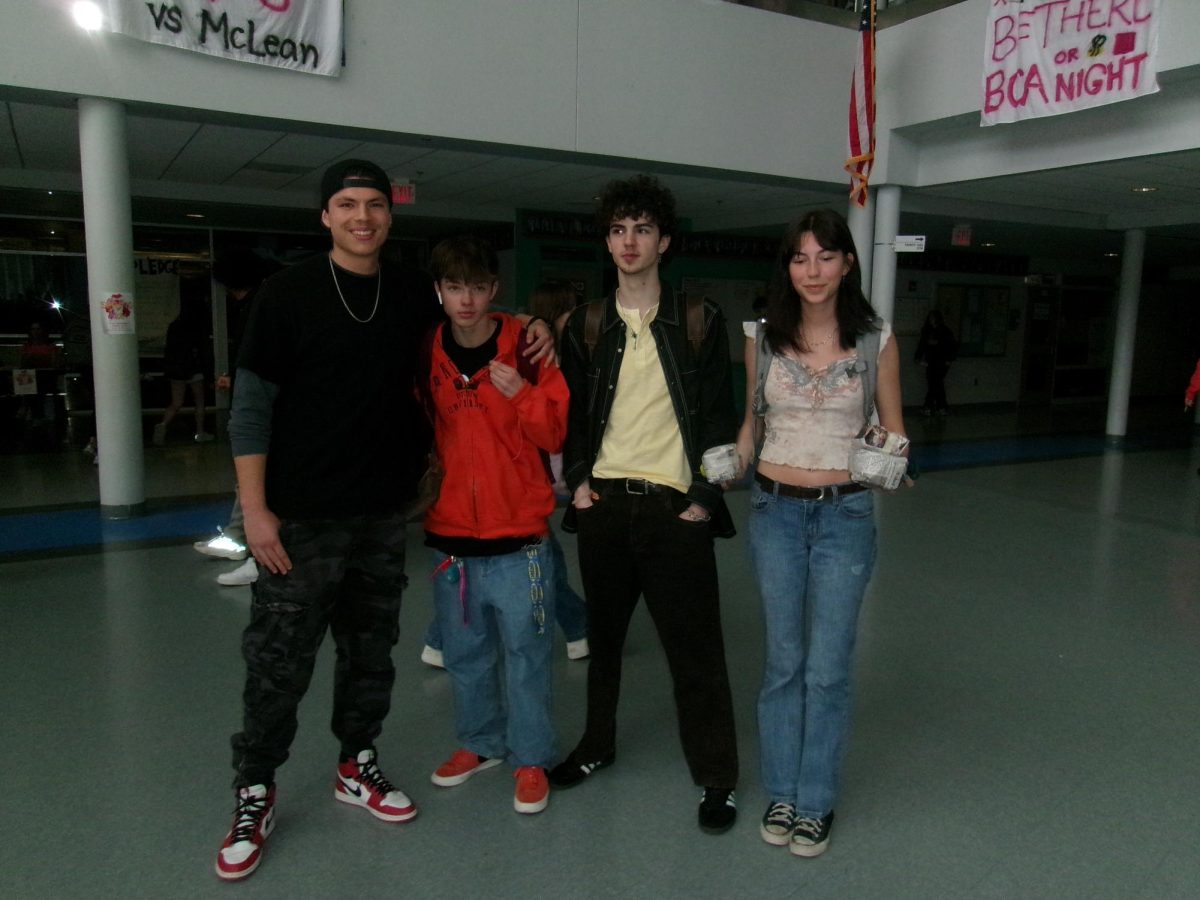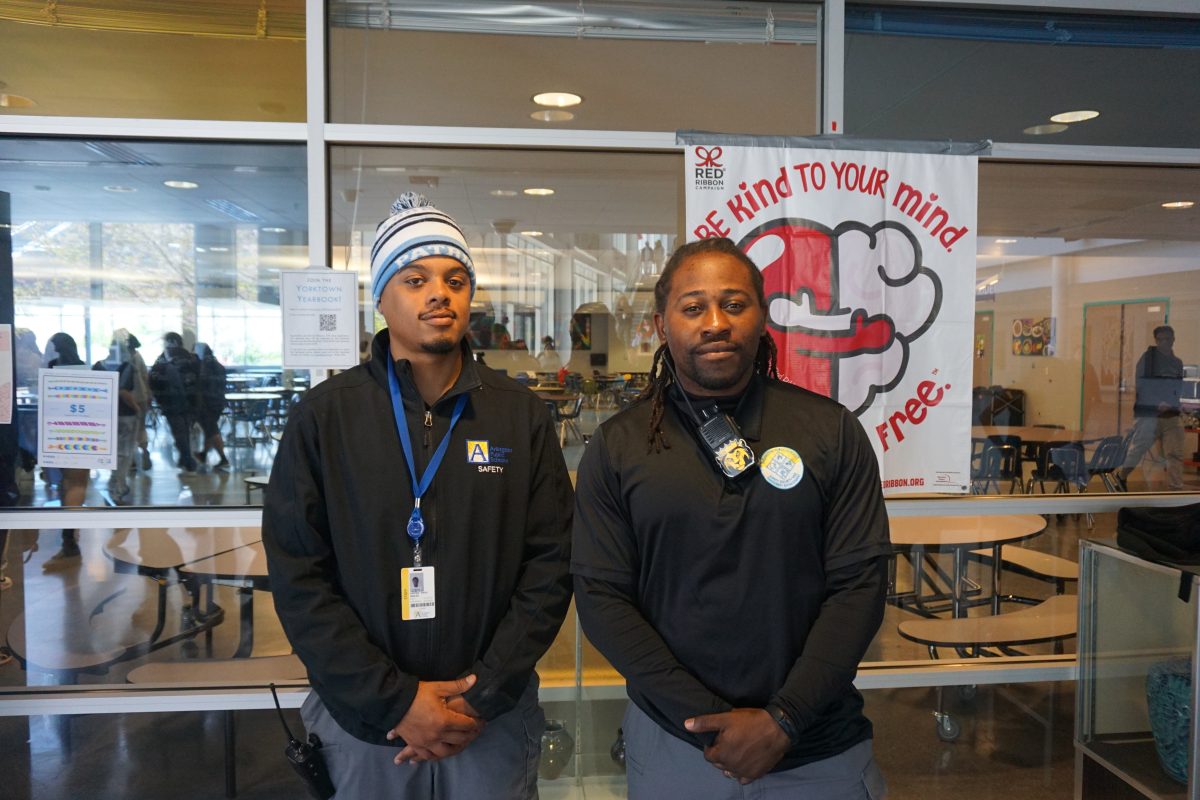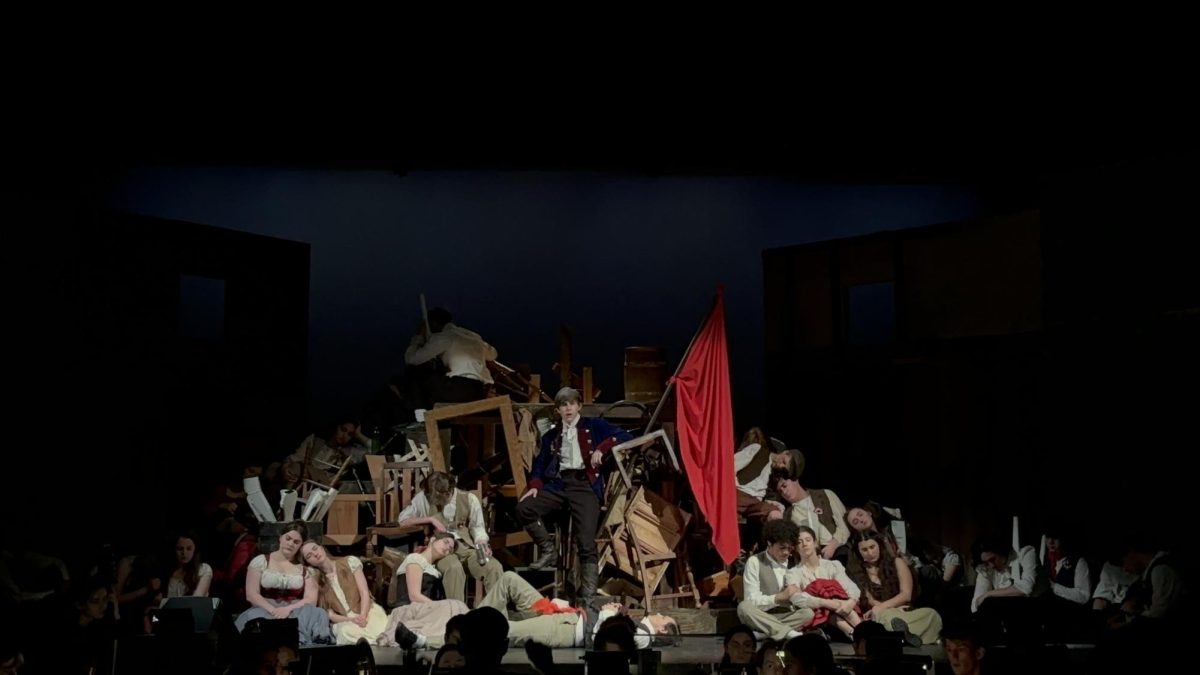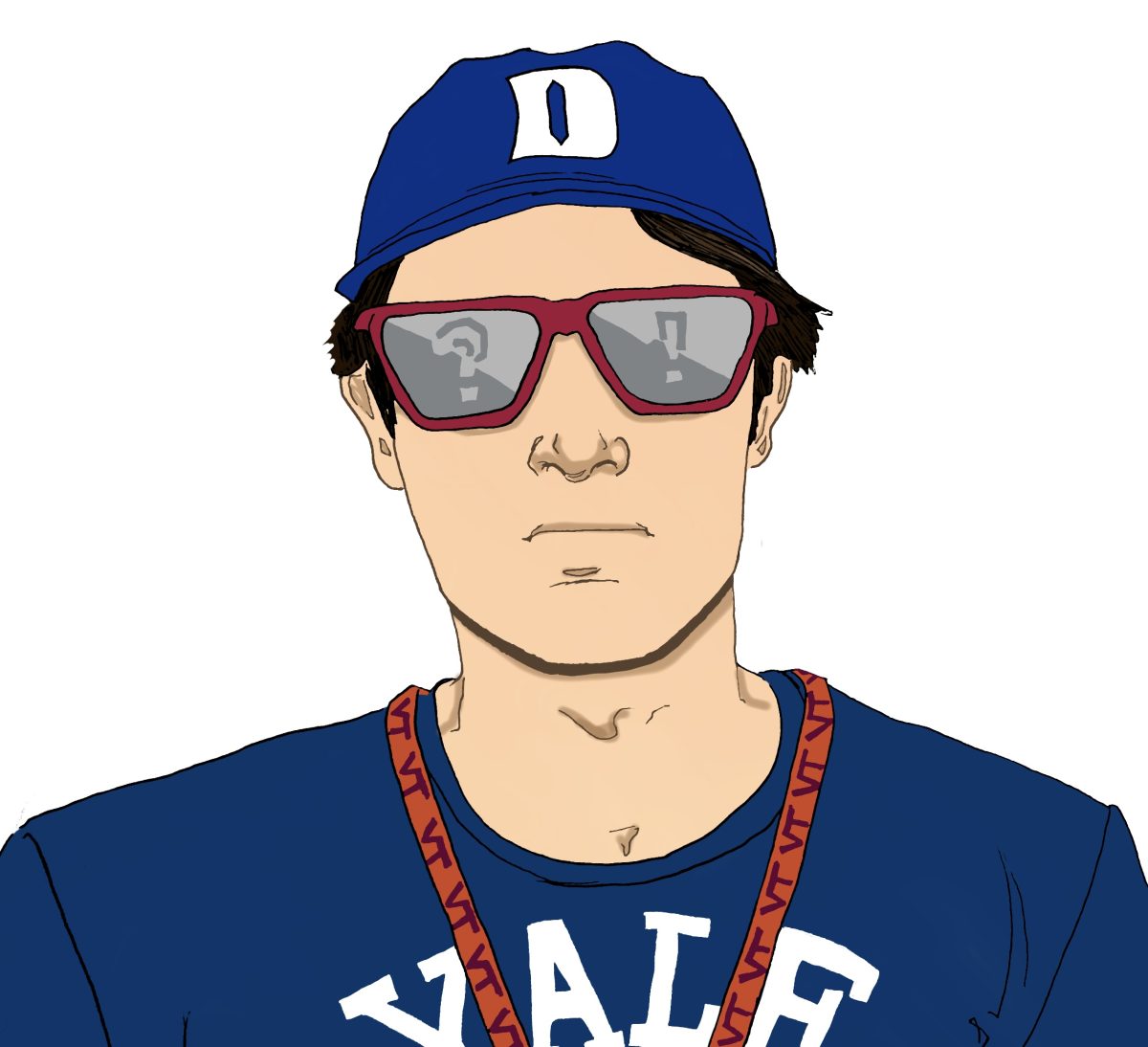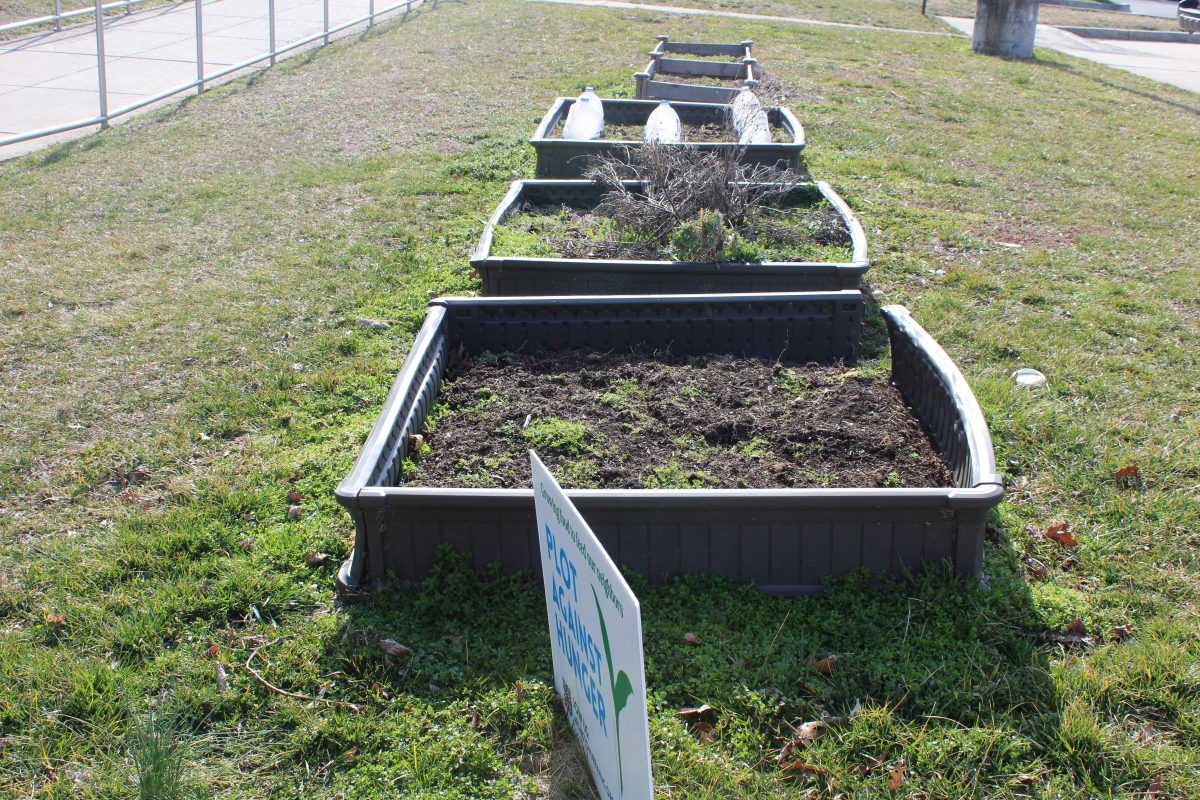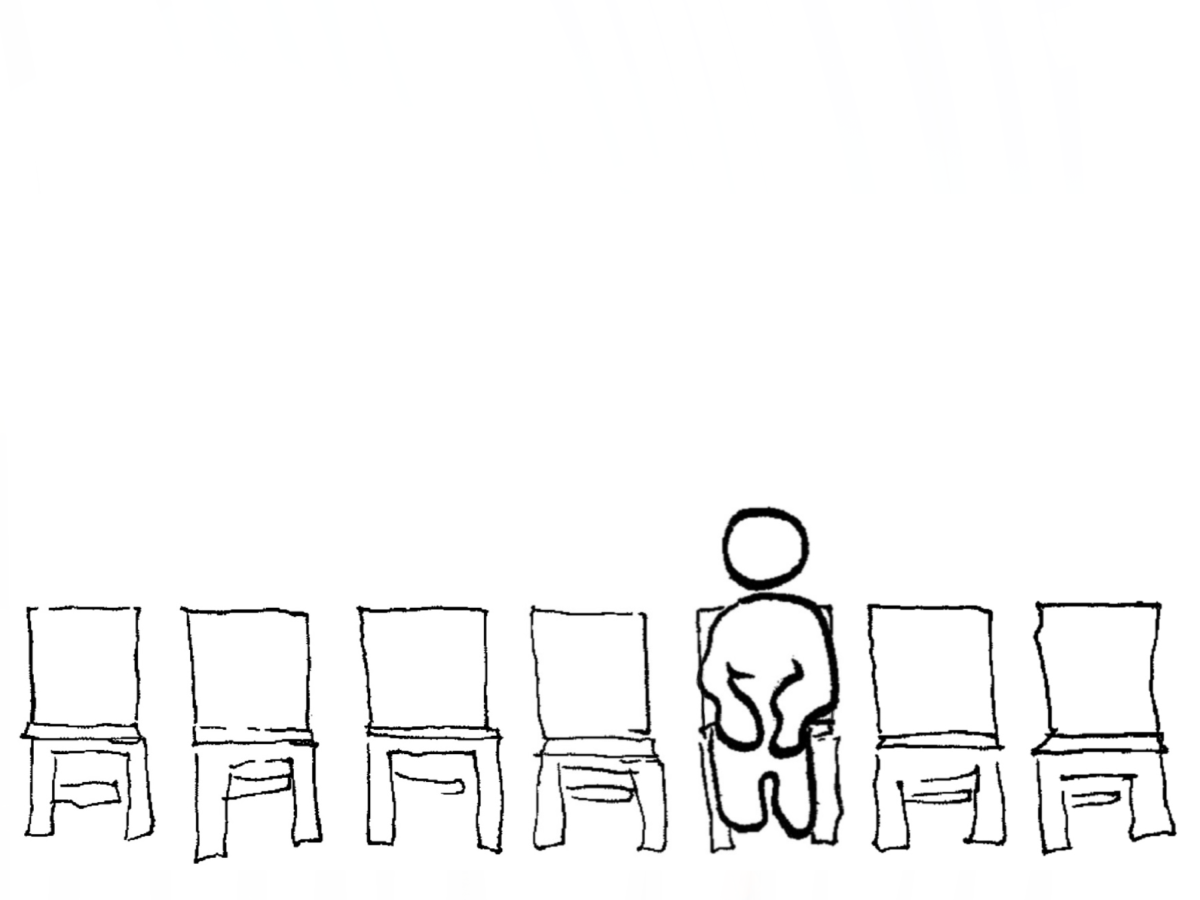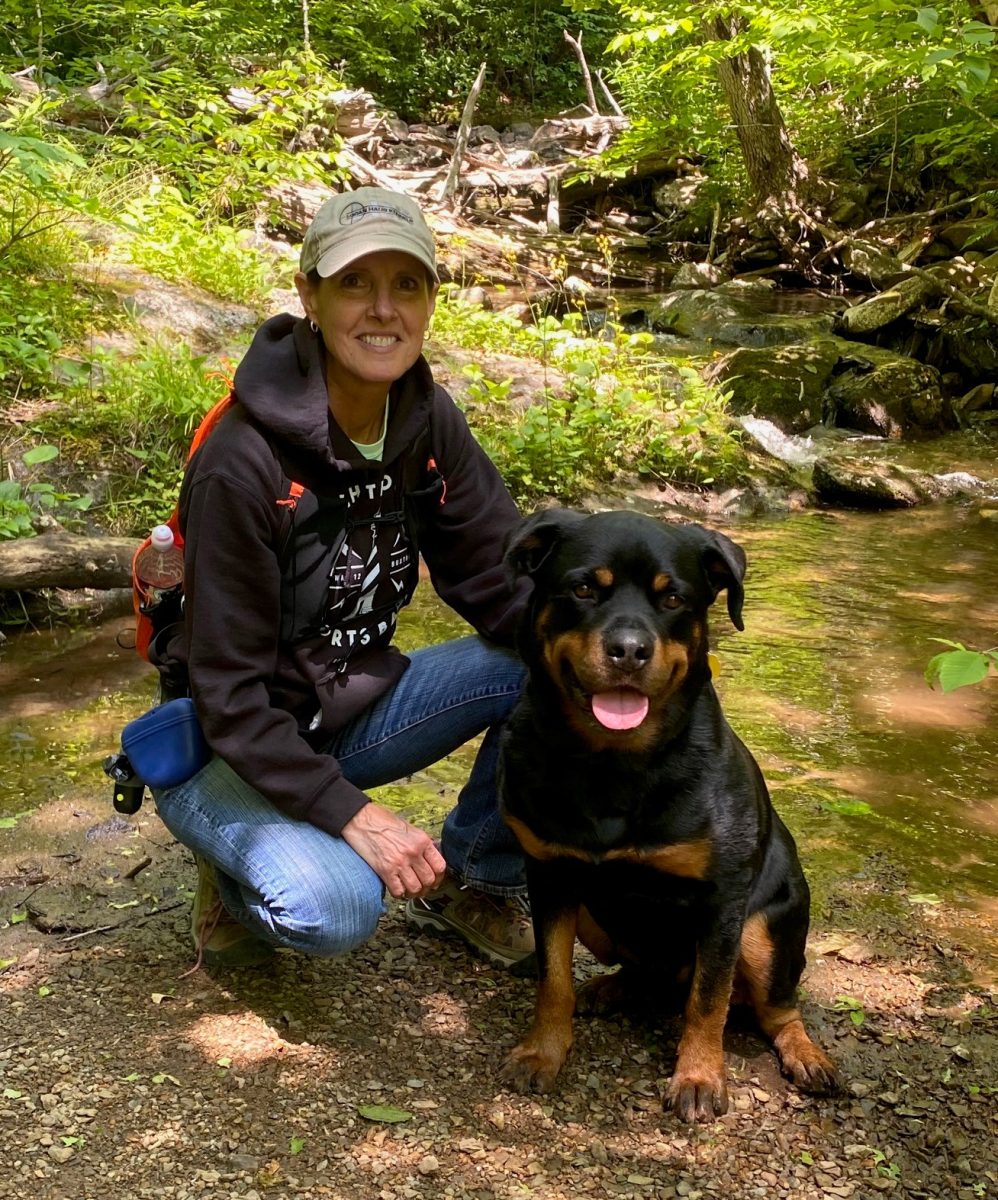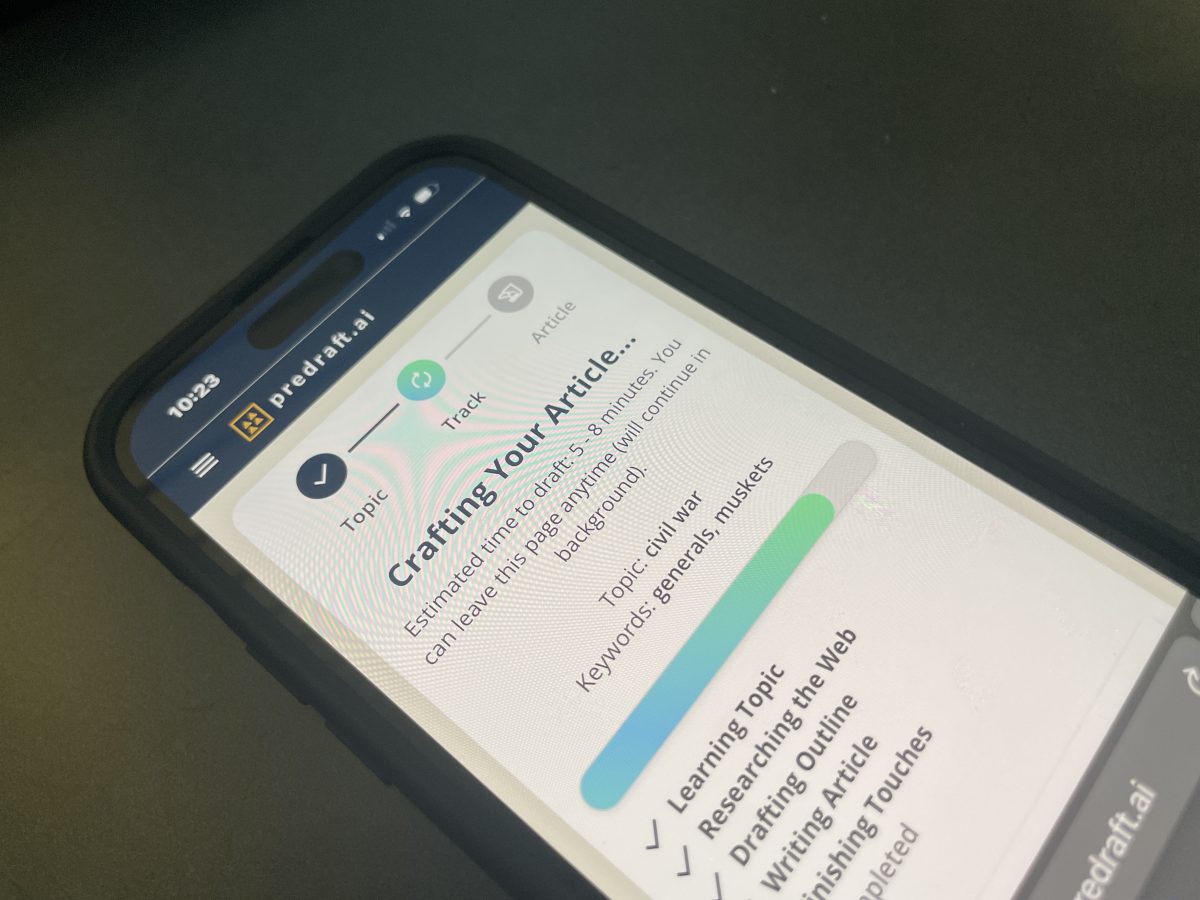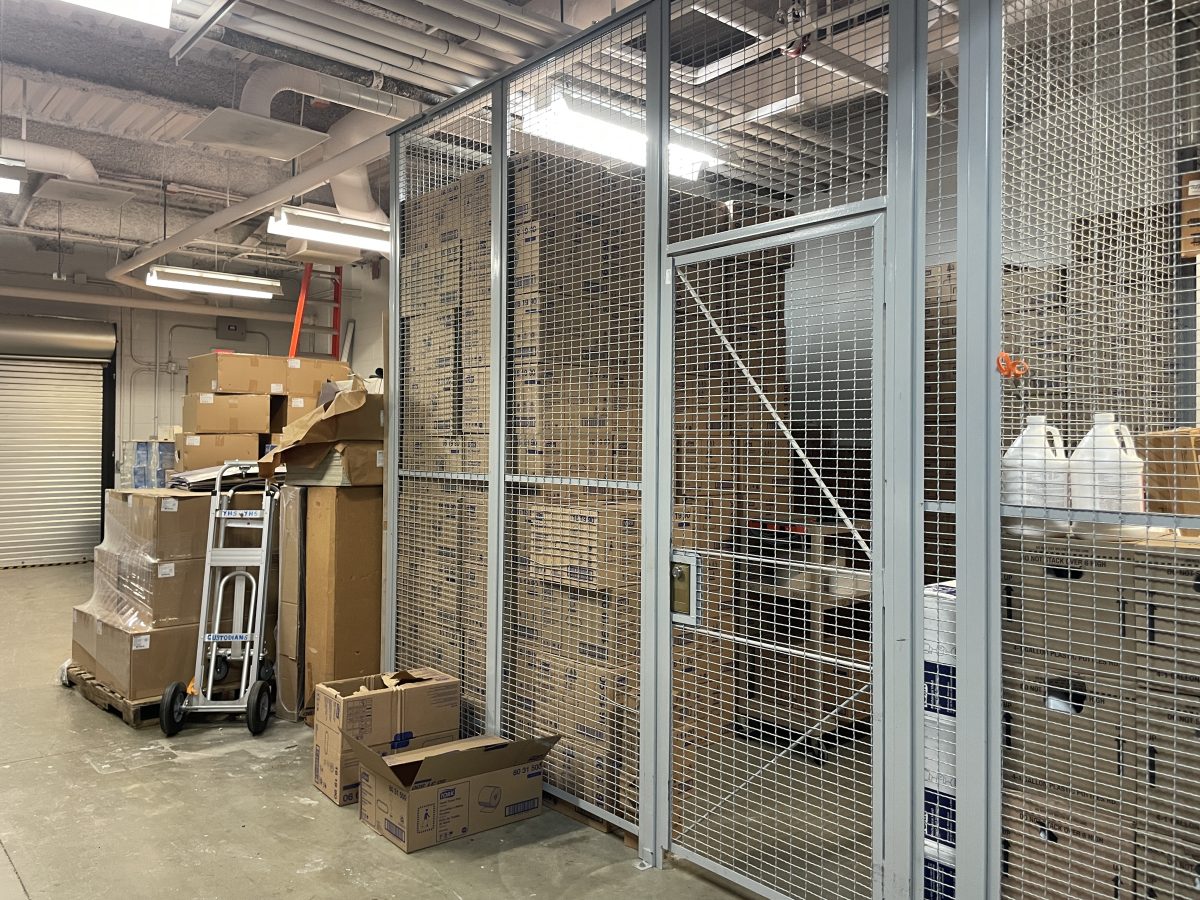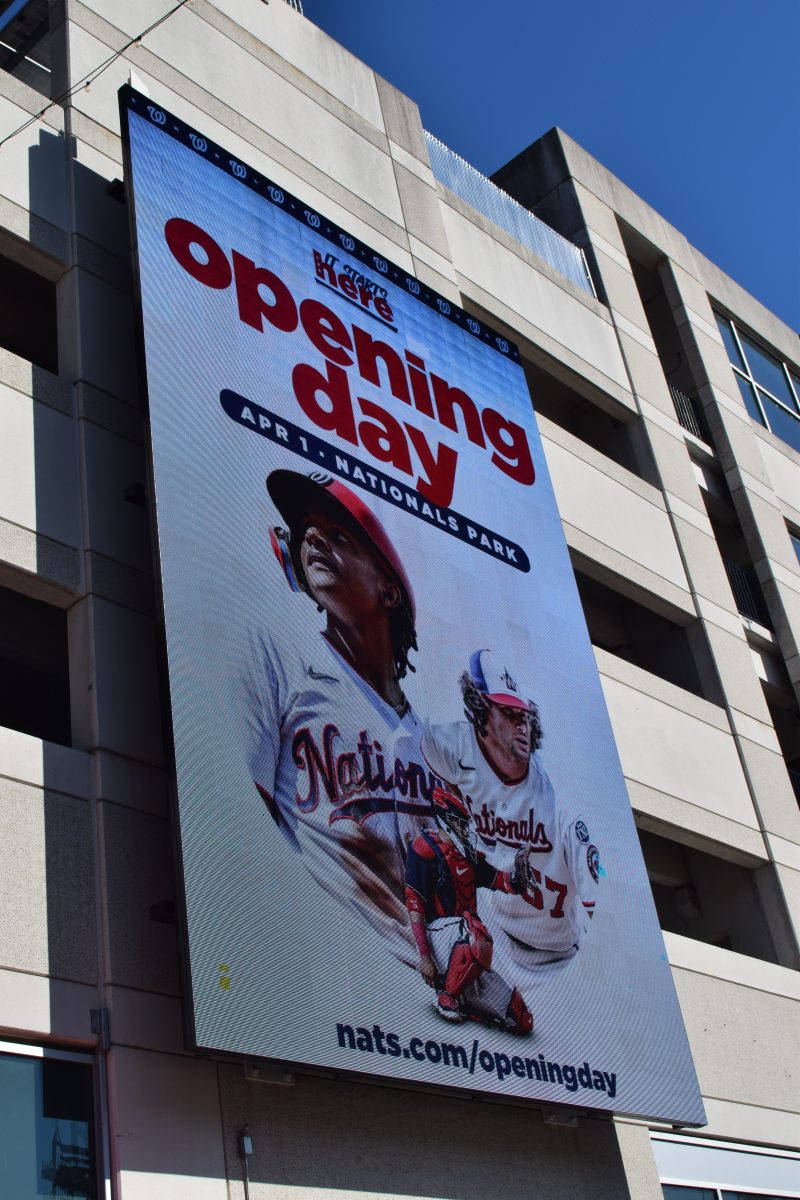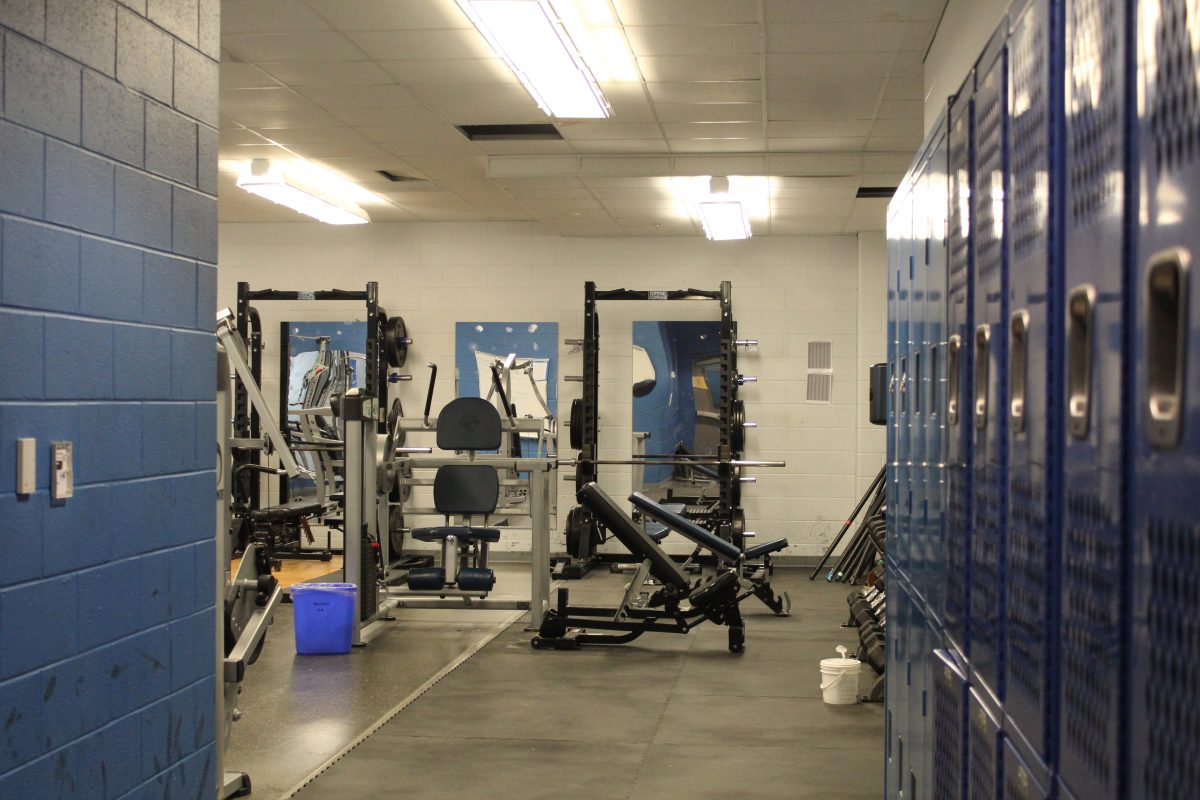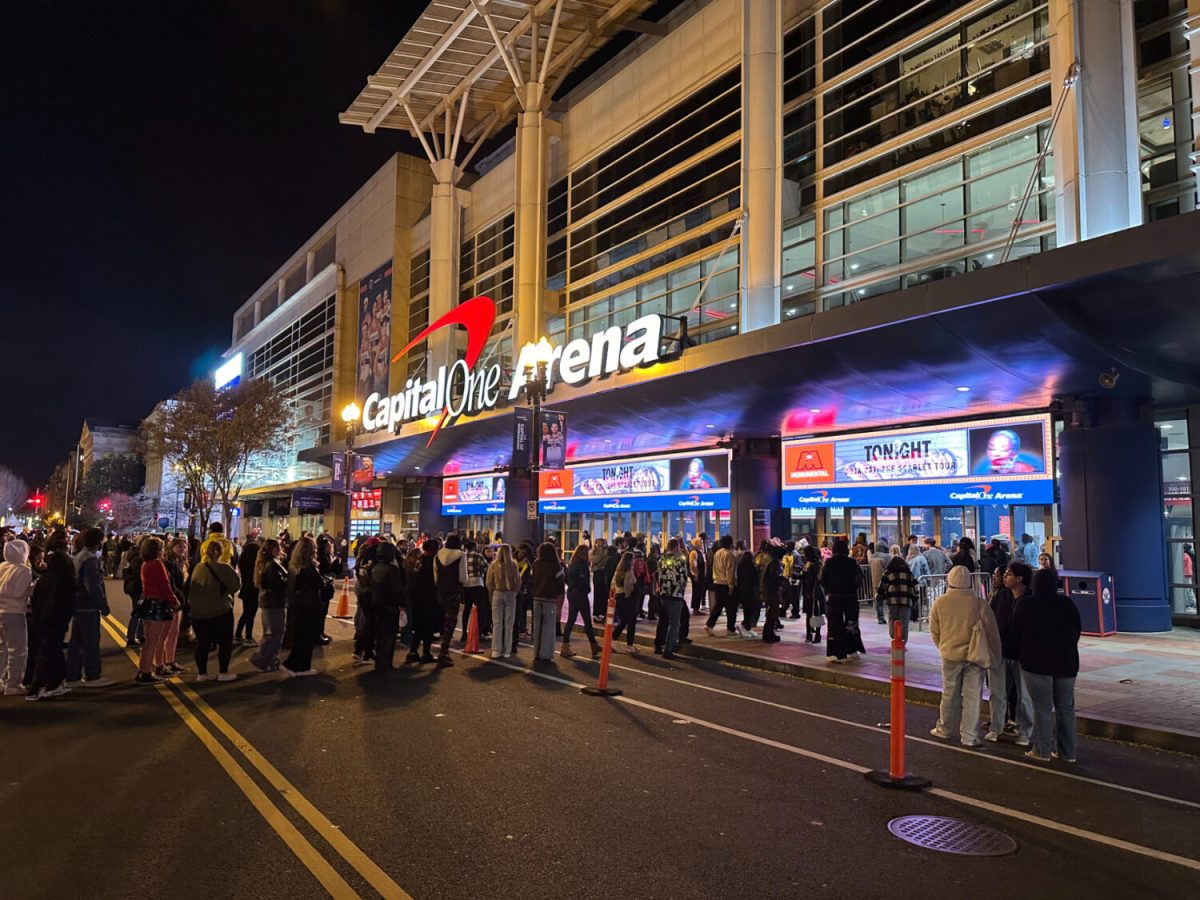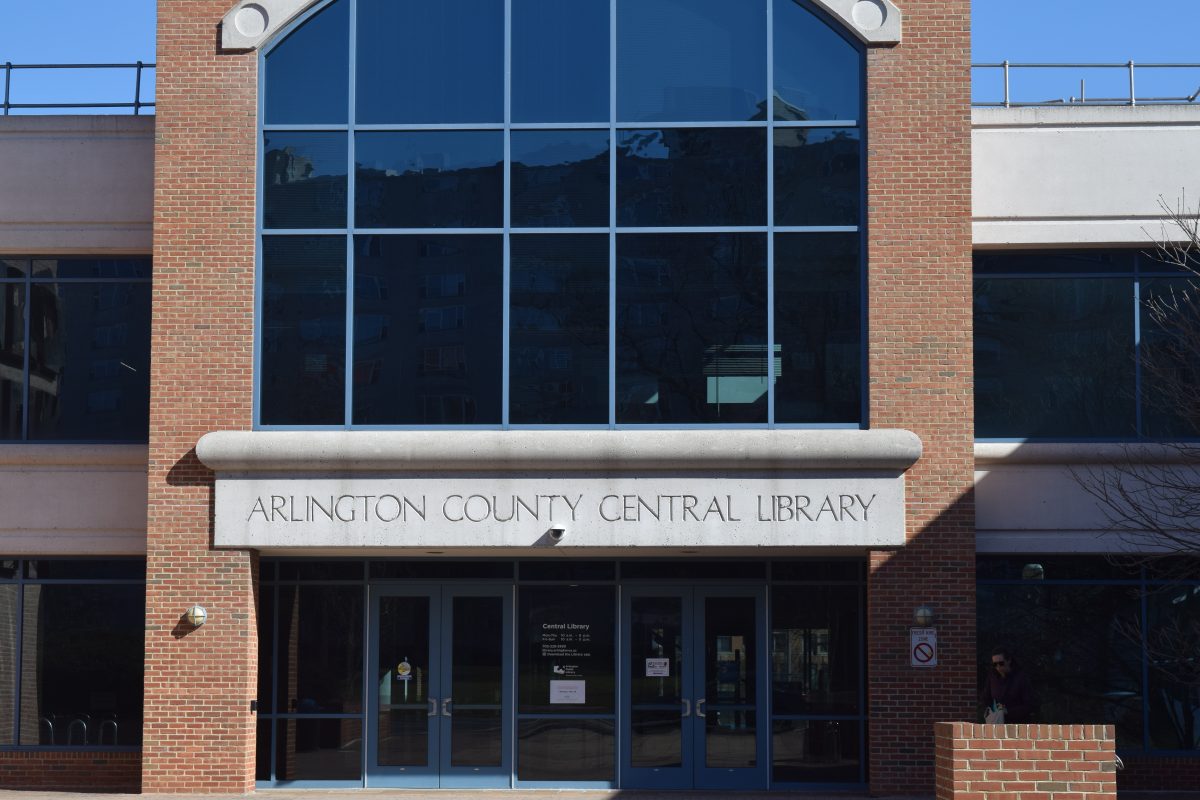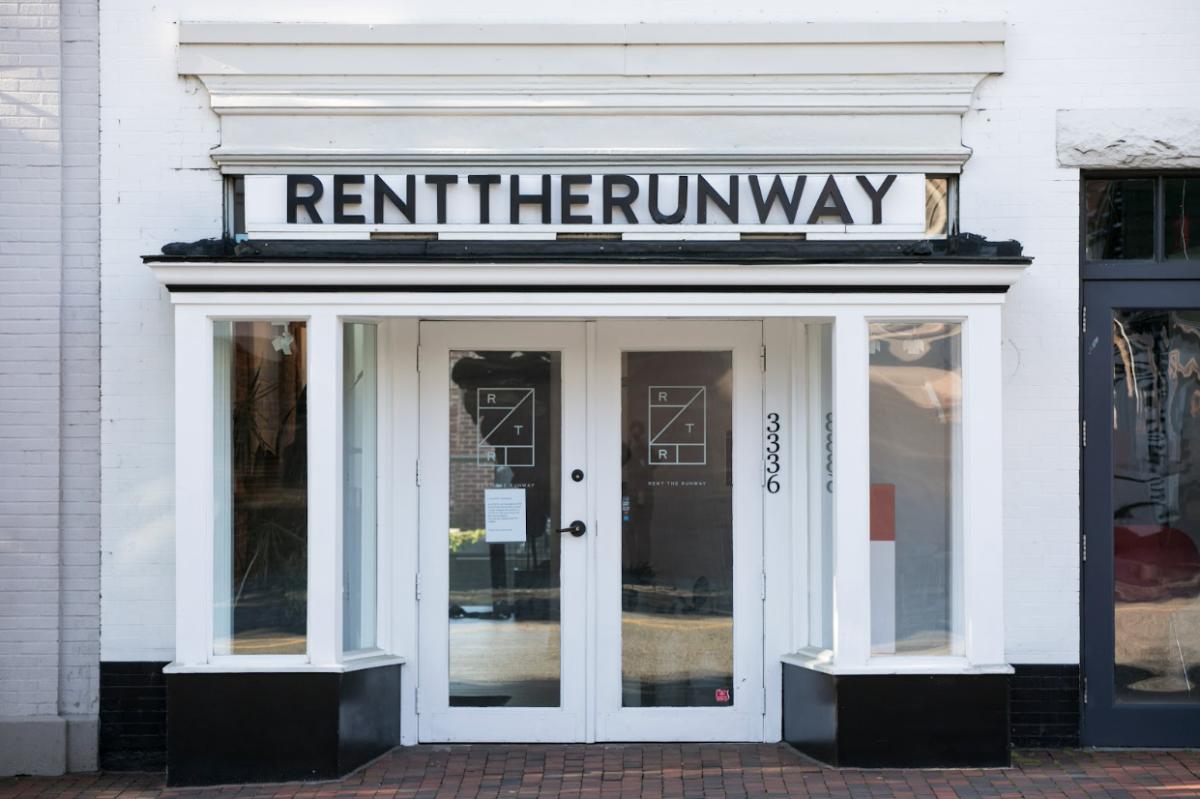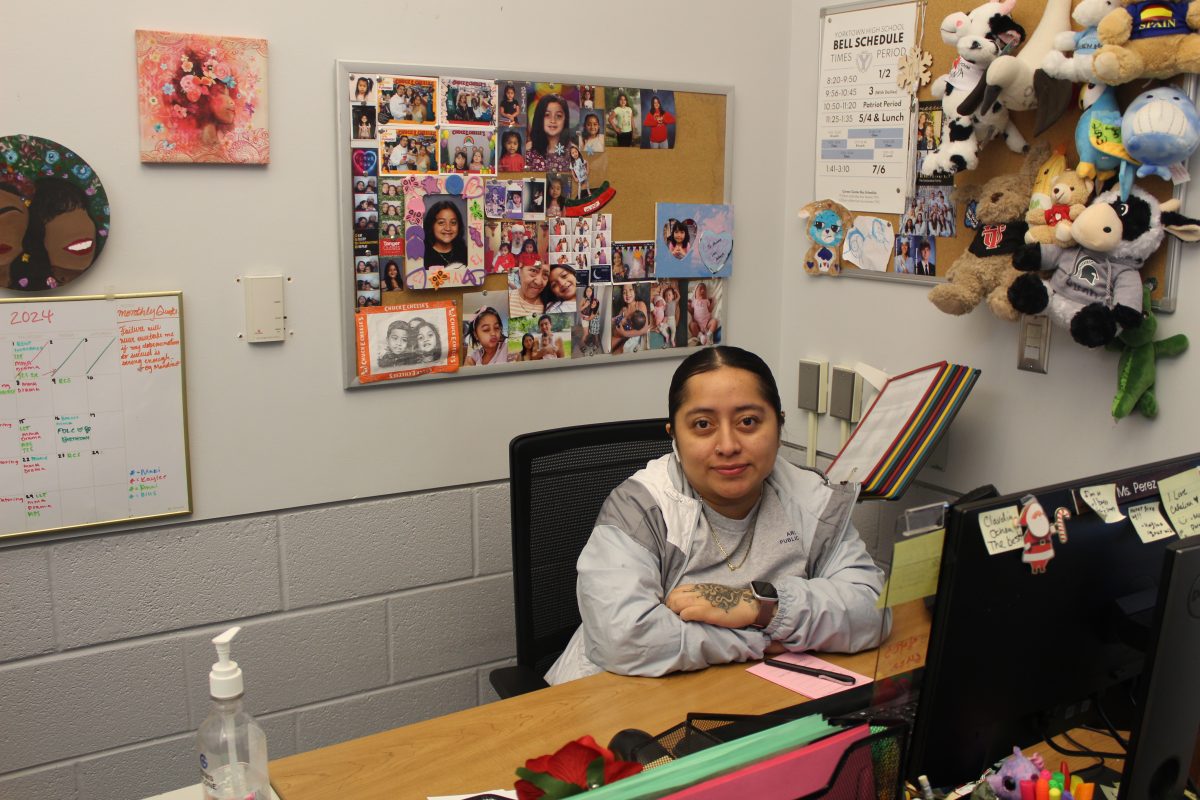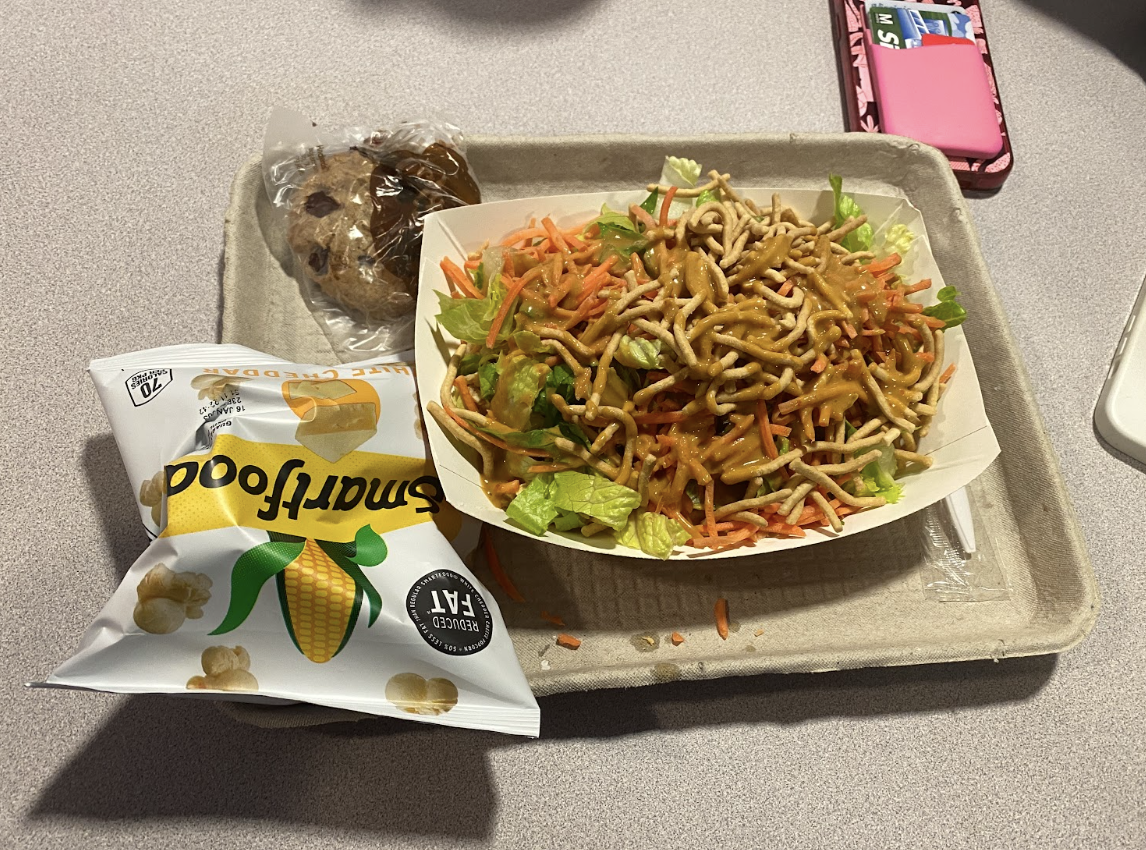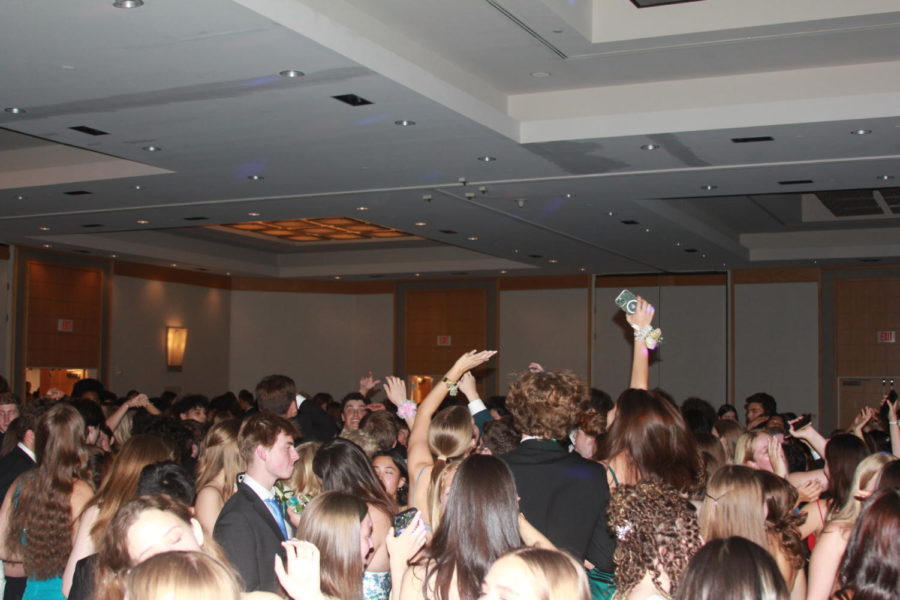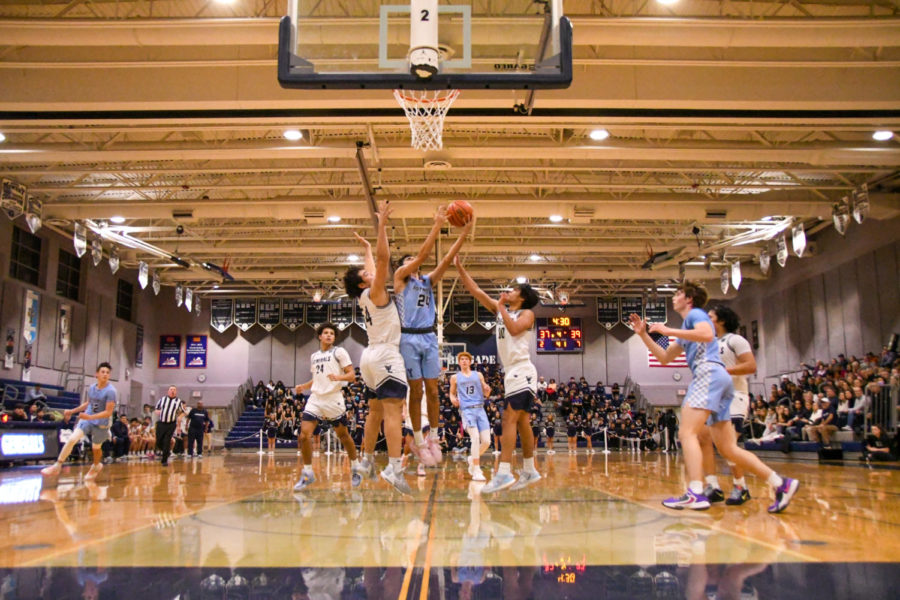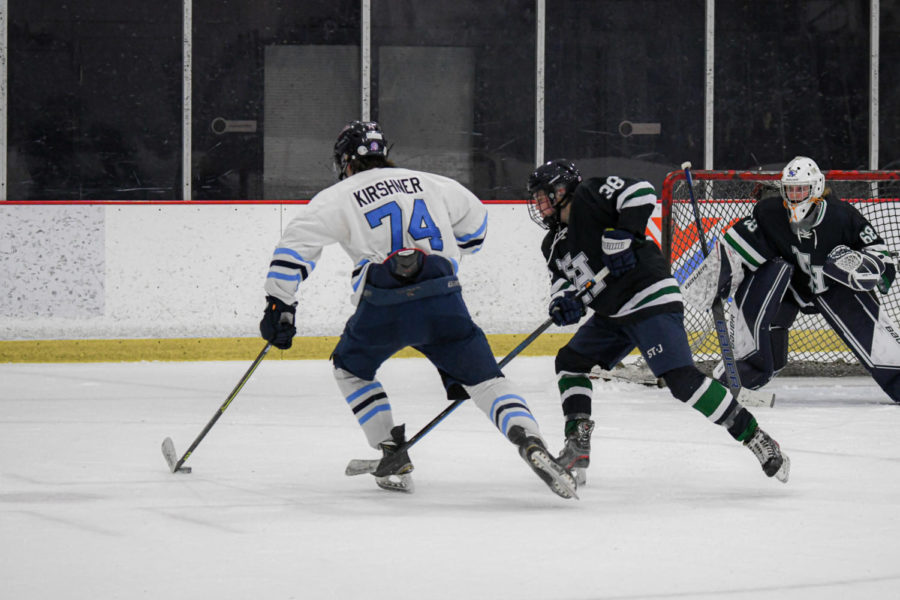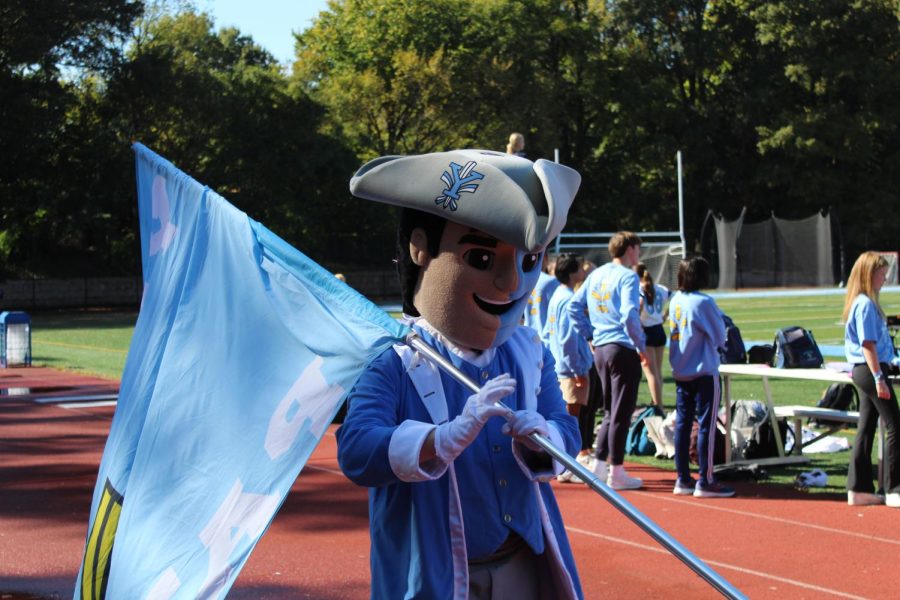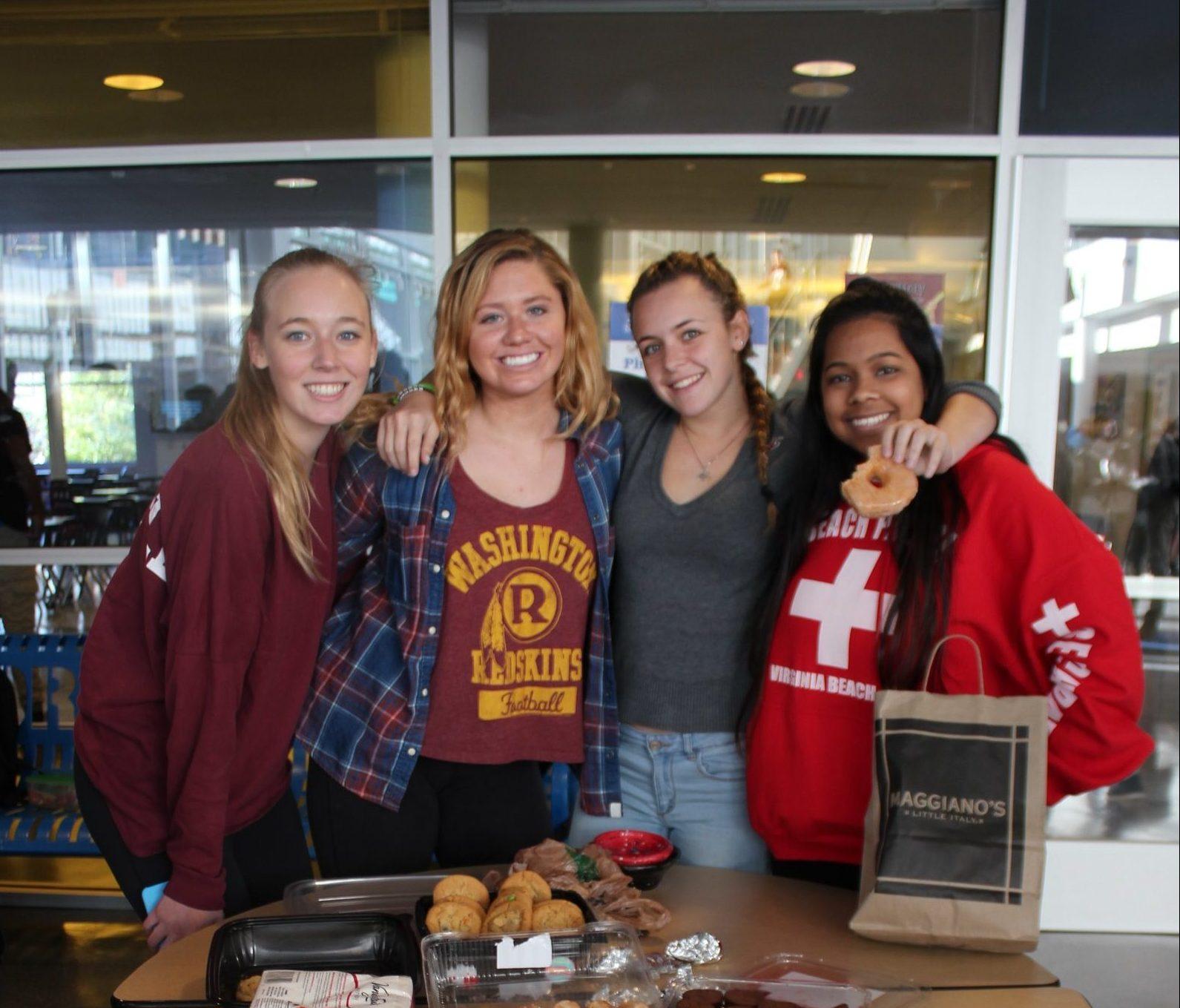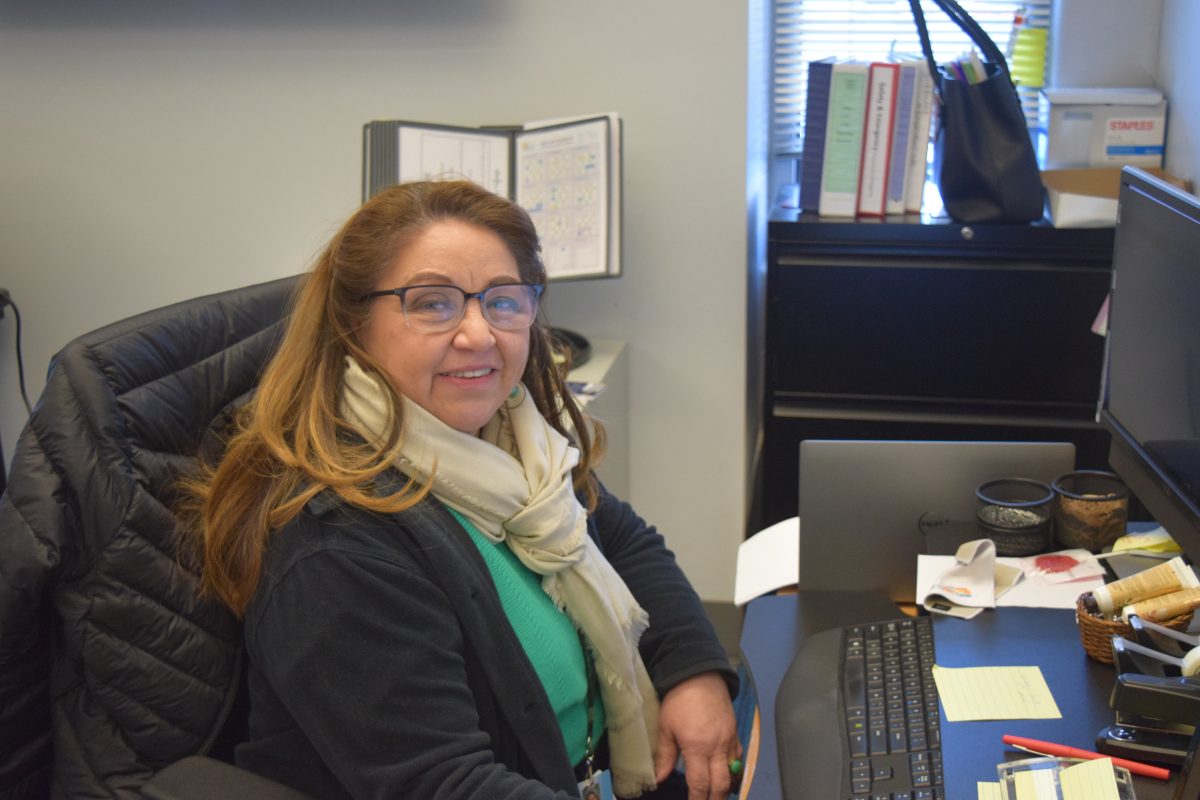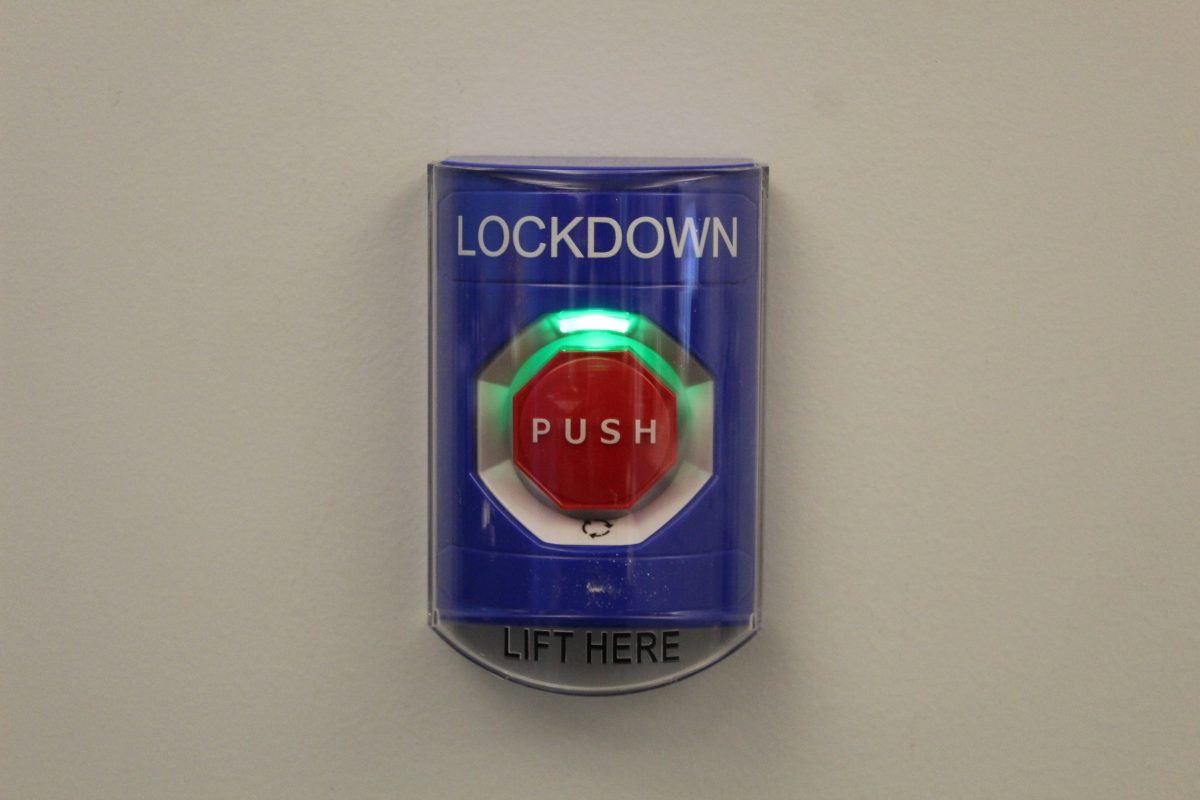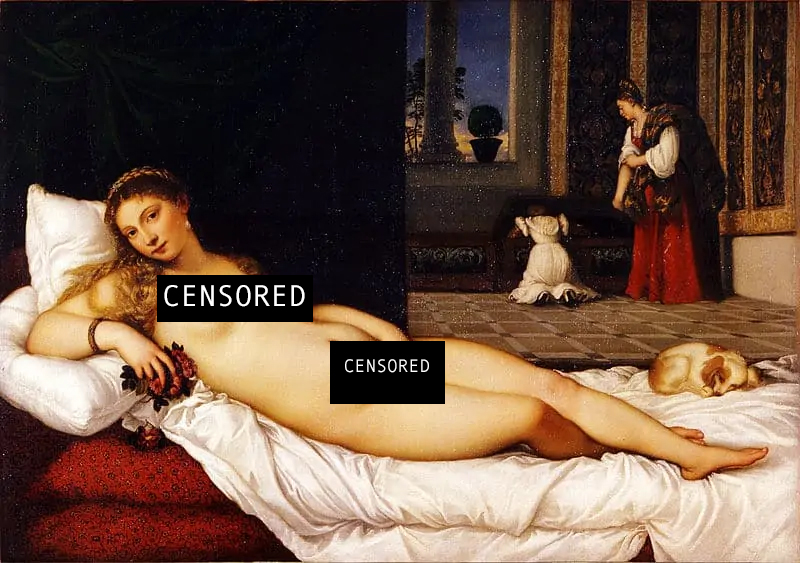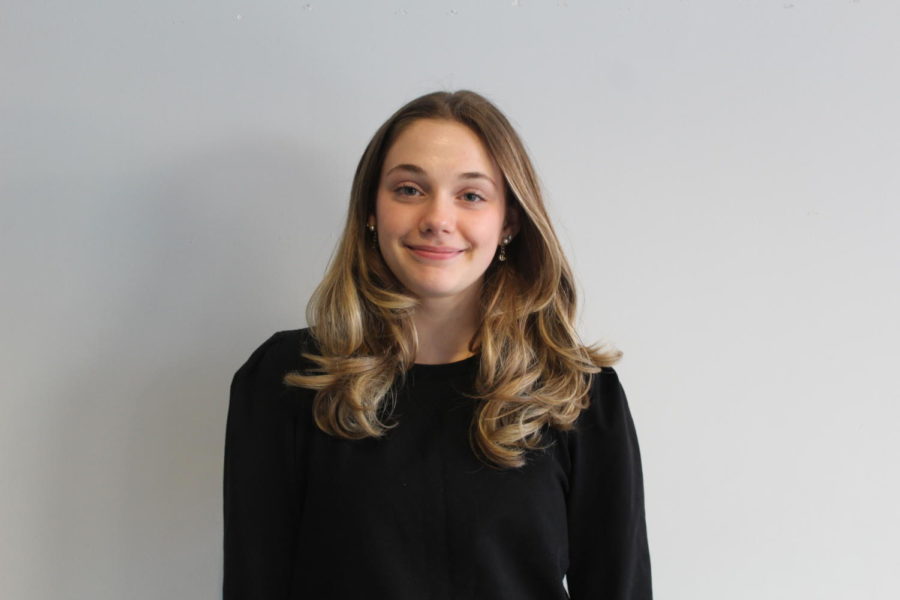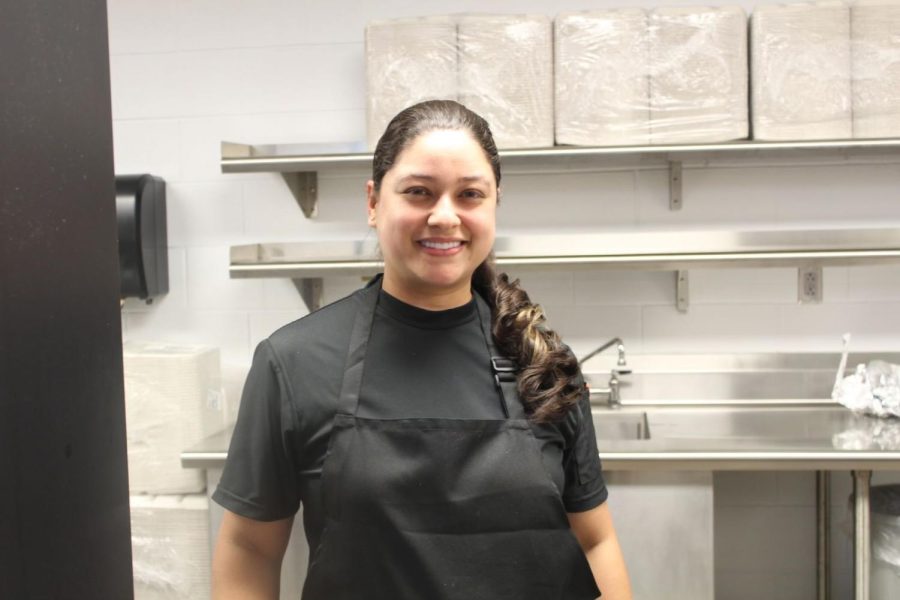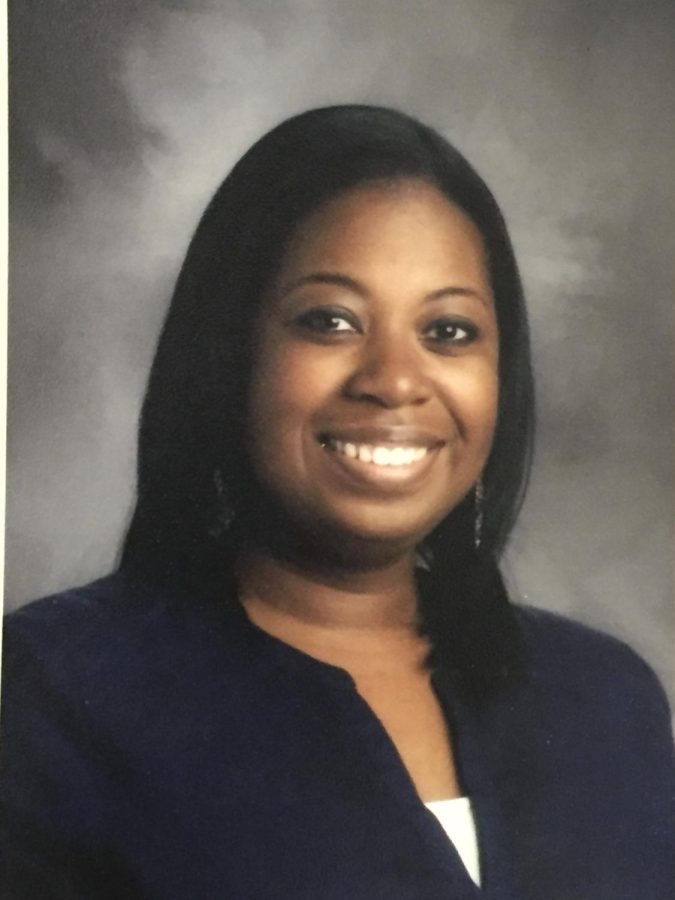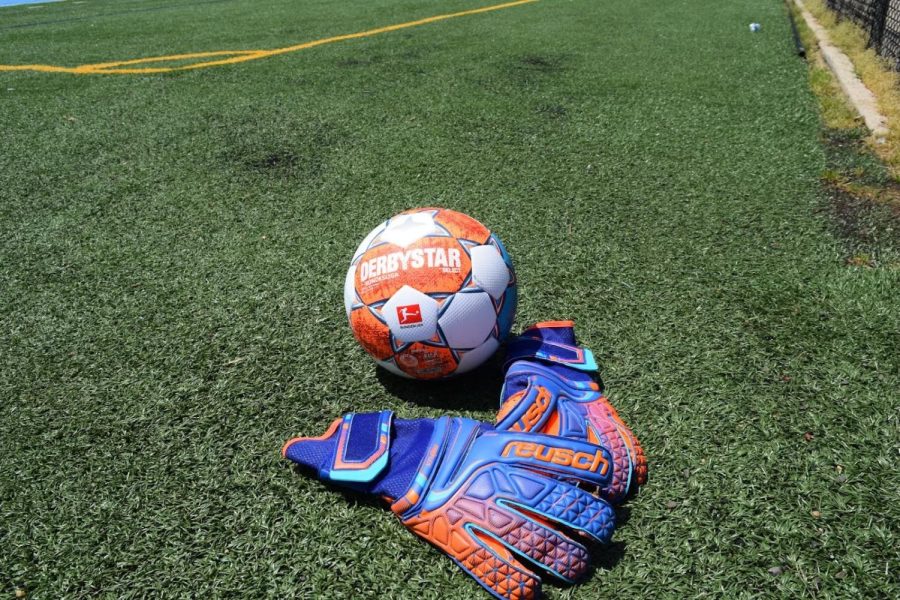Every two minutes, a person in America is sexually assaulted, totalling to an annual average of 288,820 victims. Two thirds of minors who are sexually assaulted are between the ages of 12 and 17. With that being said, it is obvious that sexual assault is a danger that every high school student should be aware of. Luckily, there are a number of students who are working to fight sexual assault here at school.
One of those students is The Sentry’s own Emily Calvert. Calvert, a senior, is writing a curriculum about sexual assault to be taught in underclassmen health classes. The goal of this new curriculum is to facilitate conversation about the issue and help teenagers become more aware. Calvert was inspired to take action after becoming a part of a youth leadership academy with Plan International USA, a nonprofit international development organization. Through this, Calvert realized how little most people know about sexual assault.
“People just do not know what their rights are when it comes to sexual assault, and I am focusing on making people aware of that so that they can see that one, it is not the victim’s fault, and two, sexual assault occurs so much more than we think it does,” Calvert said.
Although it is unlikely that the curriculum will be implemented in Arlington County schools, Calvert is still planning to use the ideas present in the curriculum to organize workshops and other events in order to raise awareness of sexual assault.
“Right now I am working with a couple other people to put on a huge campaign to raise awareness… I am trying to team up with Advocates for Youth, which focuses on sexual education and sexual assault in the DC area,” Calvert said.
Like Calvert, senior Kathleen Columbia has taken initiative in the fight against sexual assault by founding the club Students Against Sexual Assault (SASA). SASA focuses on educating students about sexual assault and violence through funding and organizing events that benefit victims of sexual assault. Columbia was motivated to start SASA after hearing stories from other people around school and then watching a documentary about sexual assault on college campuses.
“It’s a very difficult subject for a lot of people to talk about. With sexual assault, there are always so many questions that people ask that they should not even look at… when someone is sexually assaulted, just believe them… It happens to a lot more people than you realize, and it is not always rape. As a witness, there is so much you can do. Situations are happening all around you… you just have to be aware,” Columbia said.
Columbia believes that it is important that sexual assault be acknowledged at school, especially considering how frequently sexual assault occurs in high school students. In fact, females ages 16-19 are four times more likely than the general population to be victims of sexual assault.
“The main problem with sexual education is that they do not talk about all of the bad sides… we should not just teach girls exclusively. The majority of the time, sexual assault happens to women… we do not tell men how to act around girls and how to not to be predators,” Columbia said.
One project that SASA is currently focusing on is the Grateful Garment Project. When a victim of sexual assault goes to the hospital or a law enforcement office to report the crime, he or she is required to surrender his or her clothing. To most people’s surprise, the government does not provide any funding for those victims, and so they are left with nothing but a hospital gown to wear home. SASA has organized a clothing drive to provide victims with clothing in the hospital after a rape kit is performed. Students can help with this project by bringing in old clothes, such as sweatpants and sweatshirts, to donate to the cause.
“I think that it is a great way to provide them with some comfort after the trauma,” Columbia said.
Another way that victims may be able to find solace after being assaulted is by making use of the When We Speak Project (http://whenwespeakproject.com/), a program created by junior Eva Reiling that allows victims to find to seek help and share their story. Reiling began her campaign against sexual assault after attending a seminar program in which the goal was to decide what form or injustice the group should challenge. Reiling, with the help of 30 other kids from all around the world, decided to focus on combatting sexual assault.
“It was realizing that around the world, no matter where you are, it is an issue… even if we do all this work, and it just helps one person. I hope it just helps at least one person,” Reiling said.
The When We Speak Project aims to encourage victims to speak out and tell their stories by providing them with information about the process of reporting a sexual assault.
“Students are not aware of what happens next. If you were to go to law enforcement, what would they ask… if you were to go to a safe houses [for victims of sexual assault], what could you expect. The more you know, the less scary it [reporting the assault] will be,” Reiling said.
As much as percentages and numbers are utilized to stress the severity of sexual assault, it is important to keep in mind that sexual assault is not just a statistic. It is something that occurs almost every single minute here in the United States, and it directly affects high school students all across the country. Luckily, there are a number of students such as Calvert, Columbia and Reiling already working to combat sexual assault. And that number is only growing. Through these students’ efforts, this school is one step closer to eliminating sexual assault all together.

